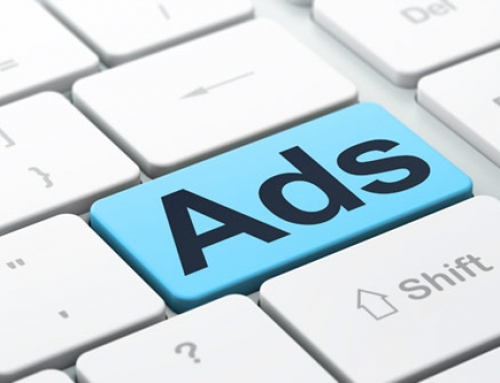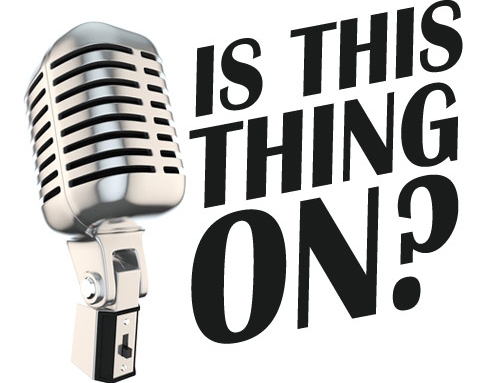 By definition, digital marketing extends beyond online marketing, but as “the mobile lifestyle” continues to overtake the general social consciousness and daily behavior, the broadly defined marketing channels are all essentially merging into online and offline insofar as the manner in which the media is delivered. Digital marketing encompasses digital delivery of content: search, social, email, smart TVs, streaming media (radio, podcasts, video, etc.), e-readers, mobile phones, etc. “Traditional” media’s content follows a the traditional delivery method: print, outdoor, direct mail, etc.
By definition, digital marketing extends beyond online marketing, but as “the mobile lifestyle” continues to overtake the general social consciousness and daily behavior, the broadly defined marketing channels are all essentially merging into online and offline insofar as the manner in which the media is delivered. Digital marketing encompasses digital delivery of content: search, social, email, smart TVs, streaming media (radio, podcasts, video, etc.), e-readers, mobile phones, etc. “Traditional” media’s content follows a the traditional delivery method: print, outdoor, direct mail, etc.
People consume most of their media via digital delivery, and it’s not all as trackable as browser and click-based channels like search engine marketing and social media advertising. Nevertheless, integrating all your digital media marketing materials allows you to execute much more effective campaigns because the the ability to integrate them is much greater.
If you’re a small business, you can actually do this very effectively because you directly understand your customers and know the local market. You don’t have to be spending a million dollars every year on advertising to benefit from a good digital marketing strategy – you just need a good plan 😉
When establishing your digital marketing plan, draw out your plan in:
- Message
- Mindset
- Delivery Method
- Integration Goal
Your message is standard, however, people do expect more social interaction and personal catering than they used to. Begin with your call to action, and return to your message as you work on the other categories to ensure that it “jives” with the overall digital media package.
Mindset is a bit more human behavior based. There’s another post regarding how technology, time of day, and marketing channels affect consumer mindset, so a smart marketing message will ensure that it is delivered when someone is potentially most open to receiving the message. A smart marketing and sales strategy will categorize leads accordingly as well. You can categorize both customers and marketing efforts in this way to help your plan to be more effective.
Delivery method is tied closely to consumer mindset. Also, however, one must keep in mind how “intrusive” each delivery method is. Email, for example is more intrusive than a contextually placed display ad someone sees while browsing the web. The method of delivery, or exact channel through which your marketing message is sent very much helps to determine how agressive your message ought to be, as well as what sort of cost and return you can expect from that part of your campaign. Not all channels should be using the exact same marketing message or media. The media and message need to fit the manner in which it’s delivered.
Your integration goal… or rather, integration should be your goal. At its most basic, you watch pretty much any television advertisement and you see a call to follow on facebook or twitter. Take it one step further, and that TV ad calls for doing so to get a promotional discount. Even further and the other half of the commercial is only available on that company’s youtube channel.
For integration, the most common method is to use the board broadly targeted media with the largest reach (e.g. television) to start interacting with the customer by motivating them to participate in another form of marketing media you are exercising: social media, newsletters, text “ABC Company” to 555xxx, etc. This integration acts as a filter to help easily identify hot leads and loyal customers. Their participation also helps you reach the friends of those people so that you can even reach people with one TV ad indirectly: they didn’t see the ad, but their friends did, who then shared your facebook page with their friends. The more interactive digital media extends the reach and lifespan of your more passive marketing channels.
These four points of creating a digital marketing plan work off one another. As one part grows, so too will the others. They’re not set in stone and you should feel comfortable if they change as your strategy develops.
Integrate, integrate, integrate (and) understand, understand, understand your customers. 😉








